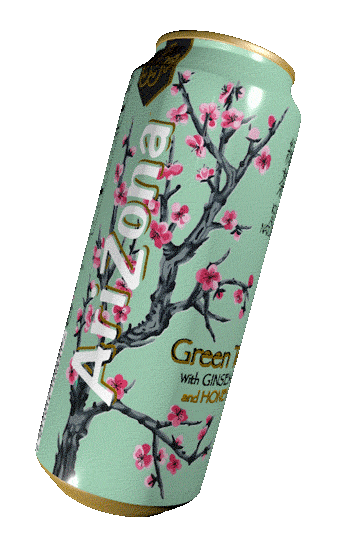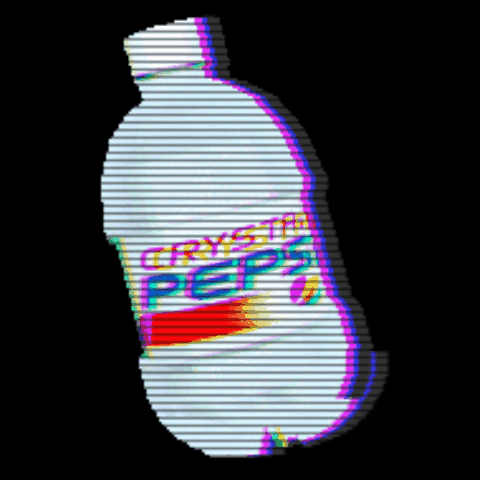The History of Cloud Rap
I am linking a playlist of both notable Cloud Rap songs and their inspirations for this website. I will be referencing songs and music videos on this playlist by their numeric order in it. Please feel free to listen to each track when mentioned, as some of the styles and aesthetics of Cloud Rap can be difficult to describe.
https://youtube.com/playlist?list=PL8PW3xmb8VACTK0UDmWITkB1PXX6SiwOr
The history of Cloud Rap is somewhat complicated and obscure, and barely any academic writing has been done on the subgenre. Its cult fanbase, purely digital presence, and DIY distribution make it near impossible to definitively say who "did it first." What can be said about Cloud Rap is the fact that it is heavily inspired by two other subgenres of Hip-Hop, Lo-Fi and Southern Hip-Hop, both coming from different parts of the world (Whatever happened to hip-hop subgenre cloud rap?).
Lo-Fi Hip-Hop is a subgenre of Hip-Hop with a heavy emphasis on atmospheric sampling and shows a more melancholy side of a normally upbeat genre. While influenced by American Jazz and Golden-Era 90s Hip-Hop, Lo-Fi's most prominent figure is a Japanese producer known as Nujabes. In a Genius News video essay, Nujabes' only two albums, Metaphorical Music (2003) and Modal Soul (2005), were called "touch tones in Lo-Fi Hip-Hop" (How Nujabes Influenced Lo-Fi Hip-Hop). Nujabes is also important to Cloud Rap as his work on the Samurai Champloo soundtrack has influenced much of the subgenre's aesthetics. Nujabes' DIY sound, eclectic sampling, and melancholy moods would set the tone for some of Cloud Rap's precursor genres. Some elements of Cloud Rap can even be seen in the main theme he produced with Japanese rapper Shing02 for Samurai Champloo (track 2). With its atmospheric and dreamy melody, vocal samples, and melancholy undertone, the influence his work has on Cloud Rap can be seen clearly.
Southern Hip-Hop has influenced many genres, most notably the modern Trap style of Migos and Travis Scott, but its conception was less than mainstream. The two main cities that pioneered this sound were Memphis and Houston, each with their own production styles and lyrical content which would come to influence Cloud Rap 20 years after their introduction into the rap landscape. Notable Memphis sounds include hi-hat rolls found in the work of Three 6 Mafia (track 3), eclectic vocal samples, and dark subject matter like that of Lo Key's On That Devilshit (track 4) (Welcome to Hell: The History and Influence of MEMPHIS RAP). The sound coming out of Houston was much different, with booming bass drums, relaxed samples, pitched-down vocals, and lean-influenced lyrics (track 5) (DJ Screw: from cough syrup to full-blown fever). In fact, Houston rap pioneer DJ Screw was one of the first producers to introduce codeine cough syrup into Hip-Hop (DJ Screw: from cough syrup to full-blown fever). Most of these artists coming out of the South had little-to-no mainstream presence and most of their production and recording were DIY while distribution was limited to tapes sold at local record stores (Welcome to Hell). Similarly, Cloud Rap is a heavily independent genre mostly existing on Youtube, SoundCloud, and Bandcamp and recorded by artists in bedrooms and basements.
What do these two (relatively) obscure Hip-Hop subgenres have to do with Cloud Rap? Well if you take the melancholic sampling and tones of Lo-Fi Hip-Hop, the hi-hat trills, booming bass, drugged-out aesthetic, and eclecticism of the "Dirty South," smash it together and throw it on SoundCloud, you get Cloud Rap. The earliest songs showing Cloud Rap's hallmark style can be attributed to Lil B (who coined the term "Cloud Rap") and A$AP Rocky around the late 2000s and early 2010s (Cloud Rap: The Spacey, Cyber-Born Hip-Hop Subgenre). Two notable songs being Lil B's B.O.R. (track 6) which features an ethereal vocal sample of Imogen Heap and A$AP Rocky's Purple Swag (track 7) featuring drugged-out lyrics, pitched-down vocals, and a spacey string sample. Then in the Summer of 2013 the most influential and highly-regarded artist in Cloud Rap, Swedish 16-year-old Yung Lean, released his breakout song Ginseng Strip 2002 (track 8). His use of vocal sampling, dreamy production, and monotone delivery of childish lyrics about loneliness and drug use would shape the genre for years to come. Later that year and in early 2014, the Cloud Rap collective SESH (consisting of BONES, Xavier Wulf, and Chris Travis) would start releasing similarly styled songs by the dozen (tracks 11,12,15). Inspired by both Yung Lean and SESH, rap group $uicideboy$ started releasing music in late 2014 adding even more melancholy to the genre (track 14). At the same time, Cloud Rap started popping up in Asia. With Japanese rapper KOHH (track 13) and Korean rapper Keith Ape (track 16) releasing Cloud Rap-tinged songs in late 2014 early 2015. In the late 2010s American artists Lil Peep and 6Dogs (tracks 18,19) and Japanese artists Tohji and Gokou Kuyt (tracks 20,21) have continued to release Cloud Rap past its "Golden Age" in 2014-15. As of now, there is some uncertainty about the future of Cloud Rap. Multiple factors such as the deaths of several artists, a gradual shift away from the style by its founders, and its DIY distribution makes it hard to find new artists and for these new artists to garner mainstream attention.




















